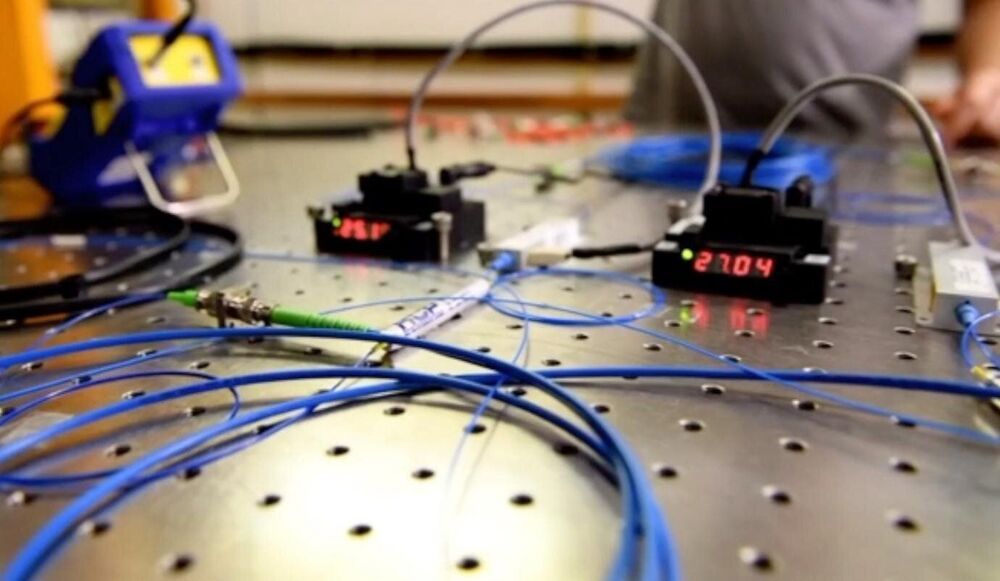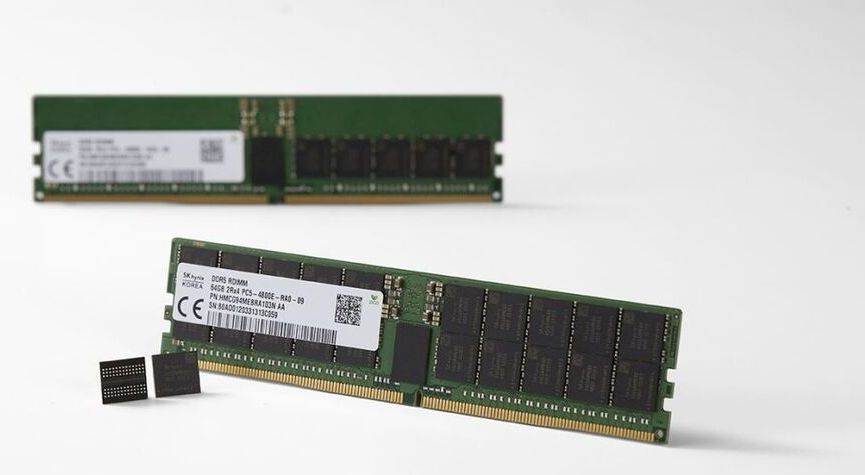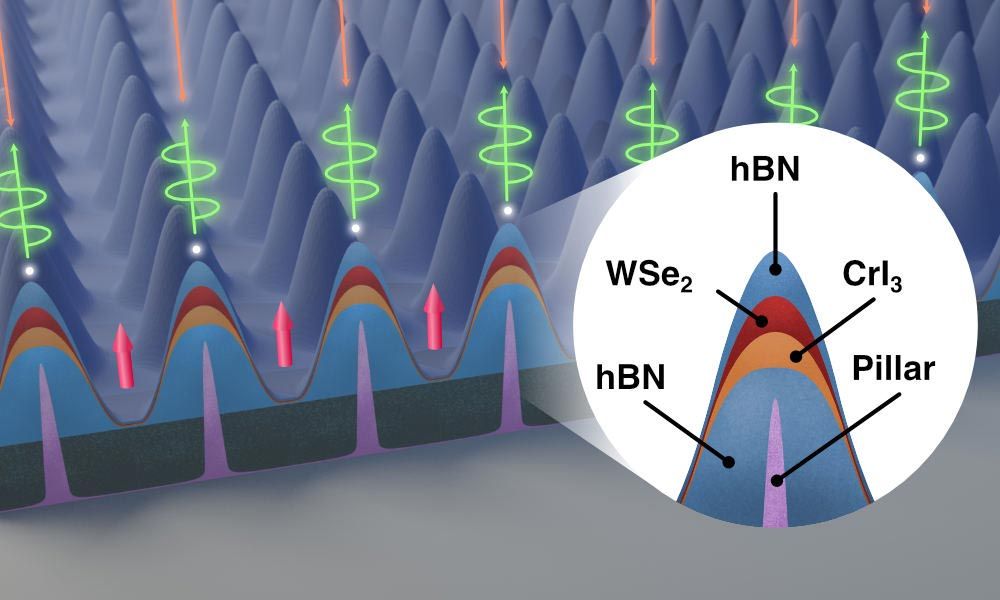A viable quantum internet—a network in which information stored in qubits is shared over long distances through entanglement—would transform the fields of data storage, precision sensing and computing, ushering in a new era of communication.
This month, scientists at Fermi National Accelerator Laboratory—a U.S. Department of Energy national laboratory affiliated with the University of Chicago—along with partners at five institutions took a significant step in the direction of realizing a quantum internet.
In a paper published in PRX Quantum, the team presents for the first time a demonstration of a sustained, long-distance teleportation of qubits made of photons (particles of light) with fidelity greater than 90%.








